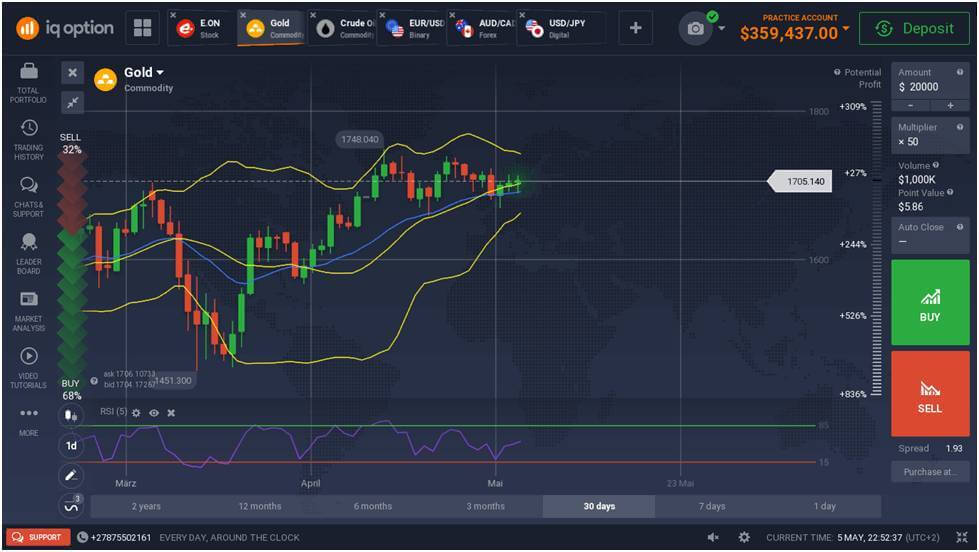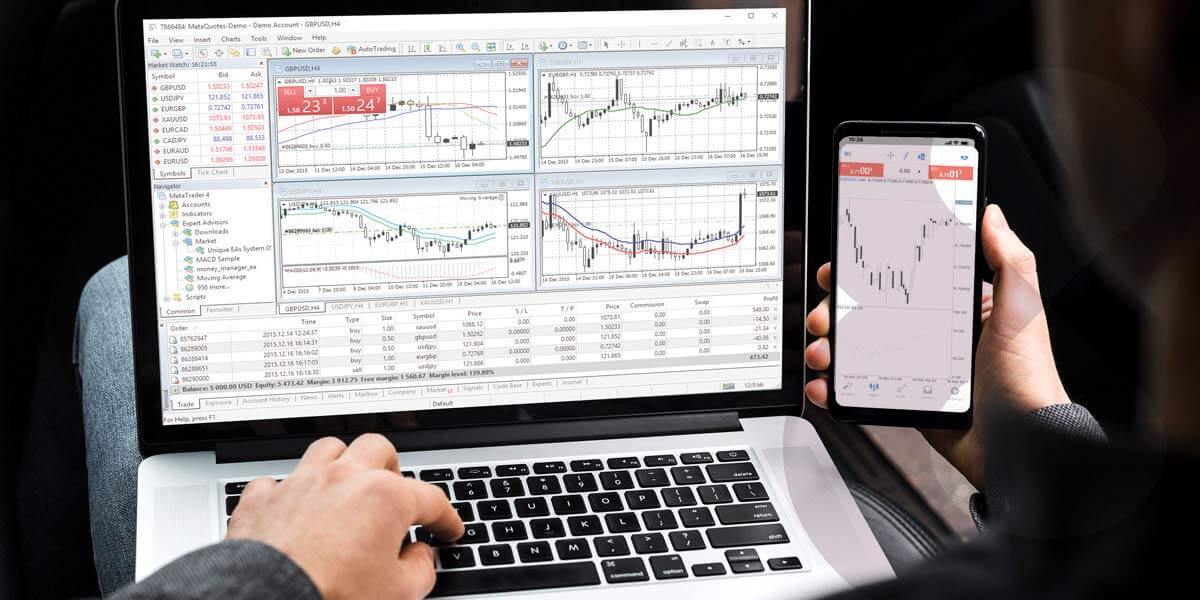
Importance Of Demo Trading For Long-Term Success
The foreign exchange market can be complex and daunting for even the most experienced traders. A wide variety of terms and concepts must be understood to make successful trades, and two of the most important are PIPS and LOTS. In this article, we’ll closely examine what these terms mean and how they are used in foreign exchange trading. With this knowledge under your belt, you’ll be well on your way to making profitable trades in no time.
What are PIPS?
PIPS, also known as Percentage in Point or Price Interest Point, is a measure of the change in value between two currencies. It is calculated by taking the difference between the two exchange rates and then dividing it by the quoted currency. For example, if one euro equals 1.10 US dollars, a pip would be 0.001 (1.10 – 1 = 0.10/1).
PIPS are used to measure the change in exchange rates and can determine the amount of risk a trader is taking on in any given trade. Additionally, PIPS are often used to calculate profits and losses.
What are LOTS?
LOTS, also known as forex lots, are the standard unit size of transactions in forex trading. A forex lot is typically made up of 100,000 units of the base currency and is used to measure the amount of risk taken on in any given trade. For example, if a trader wanted to buy one euro with US dollars, they would need to purchase one lot (100,000 euros).
Traders can also adjust their position sizes by buying and selling different amounts of forex lots; this allows them to balance their risk/reward ratio according to their appetite for risk. Additionally, forex traders will often use forex lots to measure their earnings and losses, as a single pip movement in the base currency can often result in significant gains or losses depending on the size of one’s position.
How Do Pips And Lots Work Together?
PIPS and LOTS are essential concepts that must be understood when trading in the foreign exchange market. As mentioned above, PIPS measures the amount of change between two currencies, while LOTS measures the size of any given transaction.
When trading in the forex market, traders must understand how their positions will be affected by changes in exchange rates. By combining knowledge of both PIPS and LOTS, traders can more accurately determine their expected returns and risks for any given trade.
What Strategies Are Used For Trading In The Foreign Exchange Market?
The most common strategies used in the foreign exchange market include scalping, day trading, and trend following. Scalping involves taking small but frequent trades, while day trading involves buying and selling currencies within a single day. Trend following involves identifying longer-term trends in the market and riding them out until they reverse.
No matter which strategy a trader decides to use, it is crucial that they understand how PIPS and LOTS work together to maximize their returns while minimizing their risks. With this knowledge under their belt, traders will be well on their way to making successful trades in no time.
What Benefits Do Pips And Lots Provide?
PIPS and LOTS are essential concepts to understand when trading in the foreign exchange market. Knowing how these two terms work together can help traders assess their risk/reward ratio more accurately and better predict their expected returns. Additionally, knowing how these concepts interact can assist traders in making informed decisions about which positions to take and how large they should be.
Another benefit of understanding PIPS and LOTS is that it allows traders to maximize their profits by taking advantage of small changes in exchange rates. By understanding how these two terms work together, traders can take advantage of even the most minor fluctuations in the market, allowing them to make advantageous trades in no time.
Finally, understanding PIPS and LOTS can also assist traders in determining their stop-loss points, which limit losses when a trade turns against them. With this knowledge under their belt, traders can be more confident that they will only lose what they can afford.
Risks Of Trading In The Foreign Exchange Market
Although trading in the foreign exchange market can be lucrative, it carries some unique risks. These include leverage, counterparty, liquidity, and exchange rate risks.

Leverage Risk is when a trader takes on too much debt to finance their trades and fails to cover the cost of their positions if they move against them. Counterparty Risk is when one party does not fulfil its obligations under a contract or transaction. Liquidity risk occurs when there are not enough buyers or sellers for a given currency pair at any given time. Finally, Exchange Rate Risk arises from fluctuations in currency values due to political or economic events.
It is crucial for traders to understand these risks and to develop a strategy for managing them to maximize their chances of doing well while minimizing their losses. By understanding the concepts of PIPS and LOTS, traders can better assess their risk/reward ratio and make more informed decisions when trading in the foreign exchange market.
